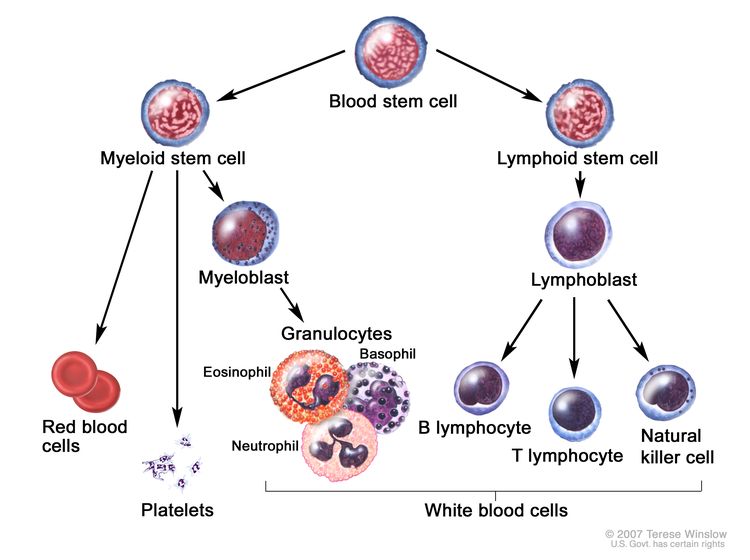Adult Acute Myeloid Leukemia Treatment (PDQ®)–Health Professional Version
General Information About Adult Acute Myeloid Leukemia (AML)
AML is also called acute myelogenous leukemia and acute nonlymphocytic leukemia.
Incidence and Mortality
Estimated new cases and deaths from AML in the United States in 2020:[1]
- New cases: 19,940.
- Deaths: 11,180.
Based on Surveillance, Epidemiology, and End Results (SEER) Program 18 data from 2009 to 2015, 28.3% of patients with AML were alive 5 years after diagnosis.[2]
Anatomy

AML is a heterogenous group of blood cancers that arise as a result of clonal expansion of myeloid hematopoietic precursors in the bone marrow. Not only are circulating leukemia cells (also called blasts) seen in the peripheral blood, but granulocytopenia, anemia, and thrombocytopenia are also common as proliferating leukemia cells interfere with normal hematopoiesis.[3]






















.png)











No hay comentarios:
Publicar un comentario